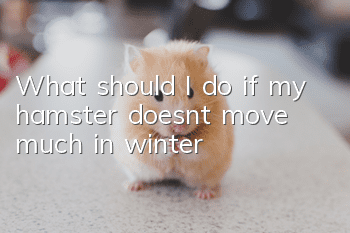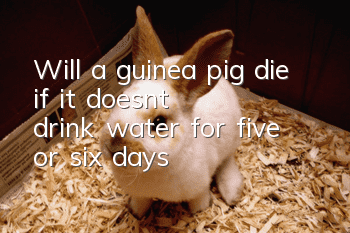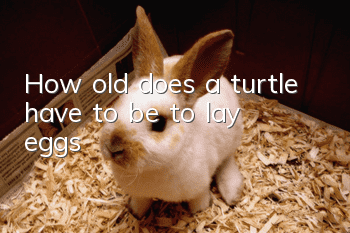What should I do if my hamster doesn’t move much in winter?

Solutions to why hamsters are inactive in winter:
1. When hamsters are in a low-temperature environment in winter, they will begin to prepare to enter hibernation. At this time, hamsters will It has become less active. If the breeder wants the hamster to regain its vitality, he only needs to put the hamster into a warm environment, and the hamster will become active again.
2. The indoor temperature in the north is relatively high in winter. If the hamster is placed next to the heater, it is very likely to cause heat stroke. At this time, the breeder needs to properly cool it down, and it will start to move. Of course, don't cool down too much, as it will cause your hamster to catch a cold.
3. In winter, the frequency of opening indoor windows for ventilation is relatively low. At this time, hamsters are prone to hypoxia. Hypoxia will cause hamsters to be listless and unwilling to move. The breeder only needs to ventilate the hamsters regularly and change the environment. Once the air is changed, the hamster will become more active.
4. If hamsters live in an environment with fires for heating, they are prone to carbon monoxide poisoning. Carbon monoxide poisoning can cause hamsters to become inactive or even comatose. Breeders need to keep hamsters away from fireworks and they will get better.
5. The price of fruits and vegetables will be relatively high in winter, and breeders may ignore hamsters, which may lead to malnutrition in hamsters over time. At this time, the hamster will show weakness in its limbs, no desire to move, and lethargy. The breeder needs to feed it properly so that the hamster can become lively and active.
- How often should you change your hamster's sawdust?
- How to take care of a pregnant hamster
- What do golden-spotted chinchillas eat?
- How much does a top quality silver fox hamster cost?
- Why do rabbits get coccidiosis?
- What do you need to prepare to raise guinea pigs?
- Precautions for raising milk tea hamsters
- Why is the hamster wobbling and unsteady?
- Totoro trusts your sleeping position
- Dutch Lop Rabbit Price



